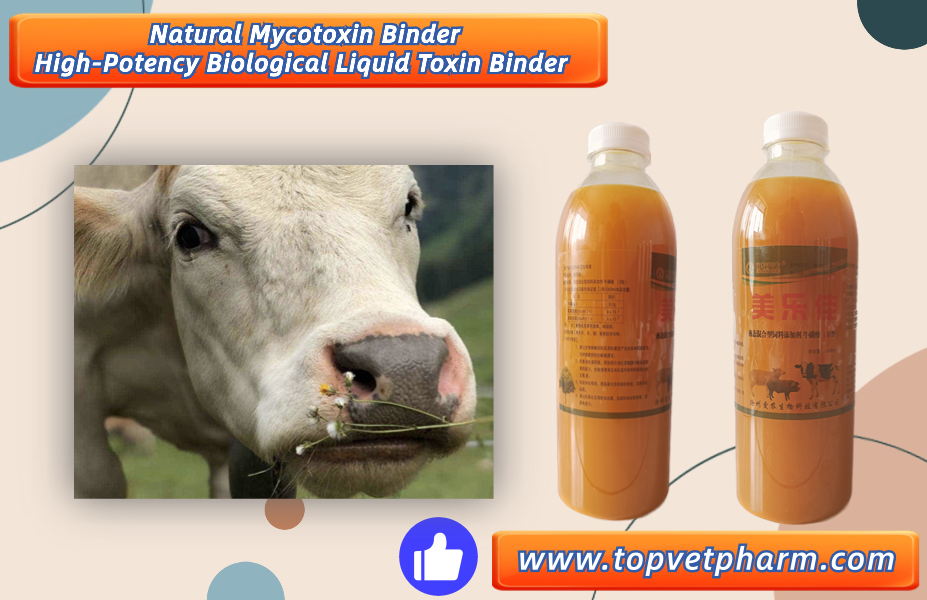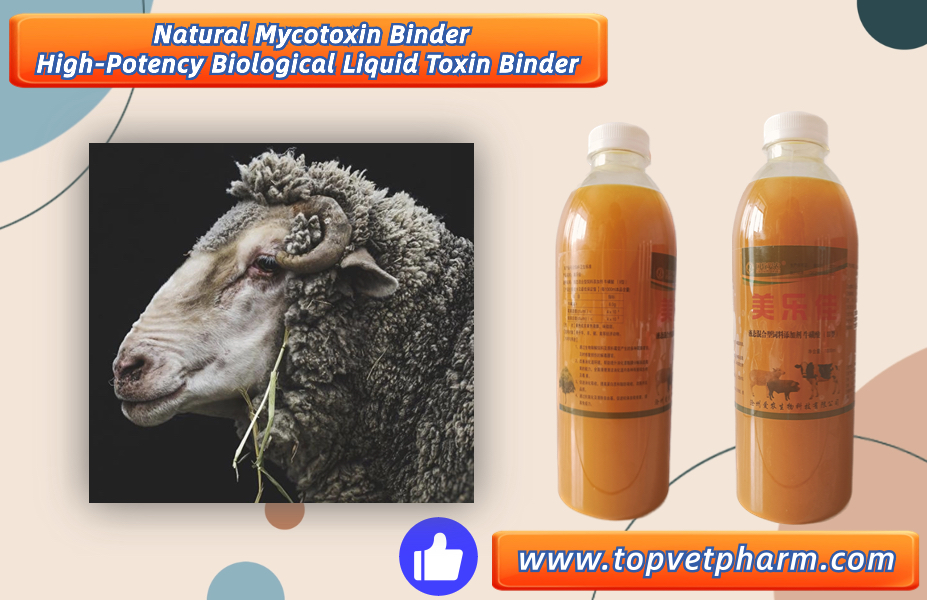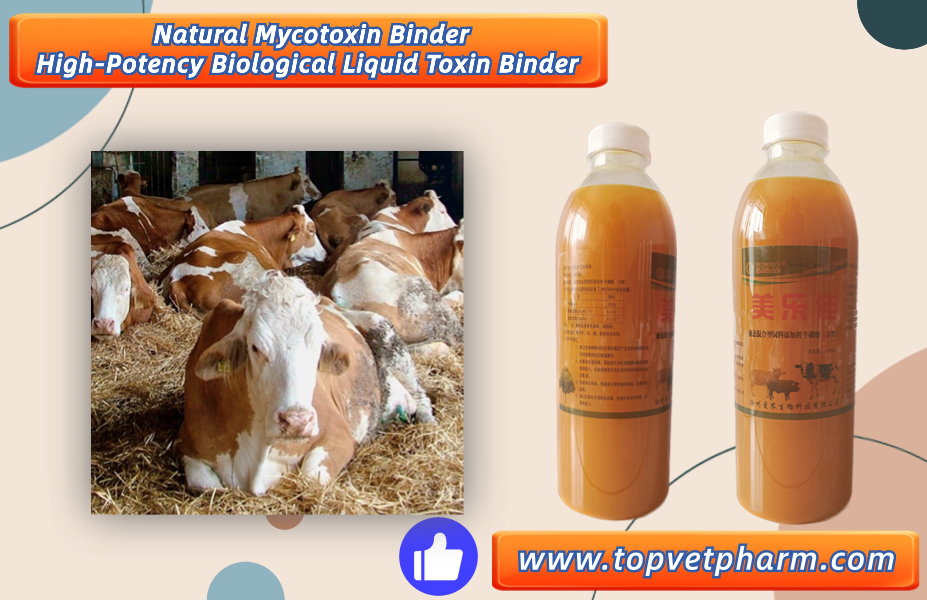Oct. 17 , 2023
Mold toxicity in cattle can result from the consumption of moldy feed or forage contaminated with mycotoxins. The specific symptoms and treatment for mold toxicity can vary depending on the type of mold and the mycotoxins involved. Common symptoms and potential treatment options include:

Symptoms:
Reduced Feed Intake: Cattle may eat less when their feed is contaminated with mold.
1.Weight Loss: Mold toxicity can lead to reduced weight gain or even weight loss in cattle.
2.Decreased Milk Production: Dairy cattle may experience a drop in milk production.
3.Digestive Issues: Cattle may experience digestive problems such as diarrhea or constipation.
4.Behavioral Changes: Affected cattle may exhibit changes in behavior, including restlessness or depression.
5.Respiratory Issues: Inhaling mold spores from contaminated feed can lead to respiratory problems.
6.Dermatitis: Skin issues, such as rashes, may occur in some cases.
7.Lameness or Muscle Tremors: Mold toxins can affect the nervous system and lead to lameness or muscle tremors in cattle.
8.Liver and Kidney Damage: Some mold toxins can cause damage to the liver and kidneys, leading to more severe health problems.

Treatment: Suggest use by Natural Toxin Binder.
1. Five-in-One - Mold Prevention, Mold Removal, Liver Protection, Kidney Protection, and Intestinal Protection.
2. Also can prevent miscarriages; reduce diarrhea, maintain nutrition, and is suitable for pregnant livestock.
3. Convenient to use. maximizes feed efficiency, reducing farming costs.
The treatment of mold toxicity in cattle involves addressing the specific symptoms and providing supportive care. Here are some general steps that may be taken:
- Remove Contaminated Feed: The first and most crucial step is to remove the moldy feed or forage source to prevent further exposure.
Supportive Care: Depending on the severity of symptoms, cattle may require supportive care, including rehydration and nutritional support.
- Prevention: The best approach is to prevent mold contamination in cattle feed by properly storing and managing feed and forage. This includes maintaining appropriate moisture levels, providing good ventilation, and ensuring proper storage conditions to reduce the risk of mold growth.
It's important to note that the specific treatment may vary based on the type and severity of mold toxicity and the mycotoxins involved. Consulting with a veterinarian is crucial to determine the most appropriate treatment plan for your cattle.









